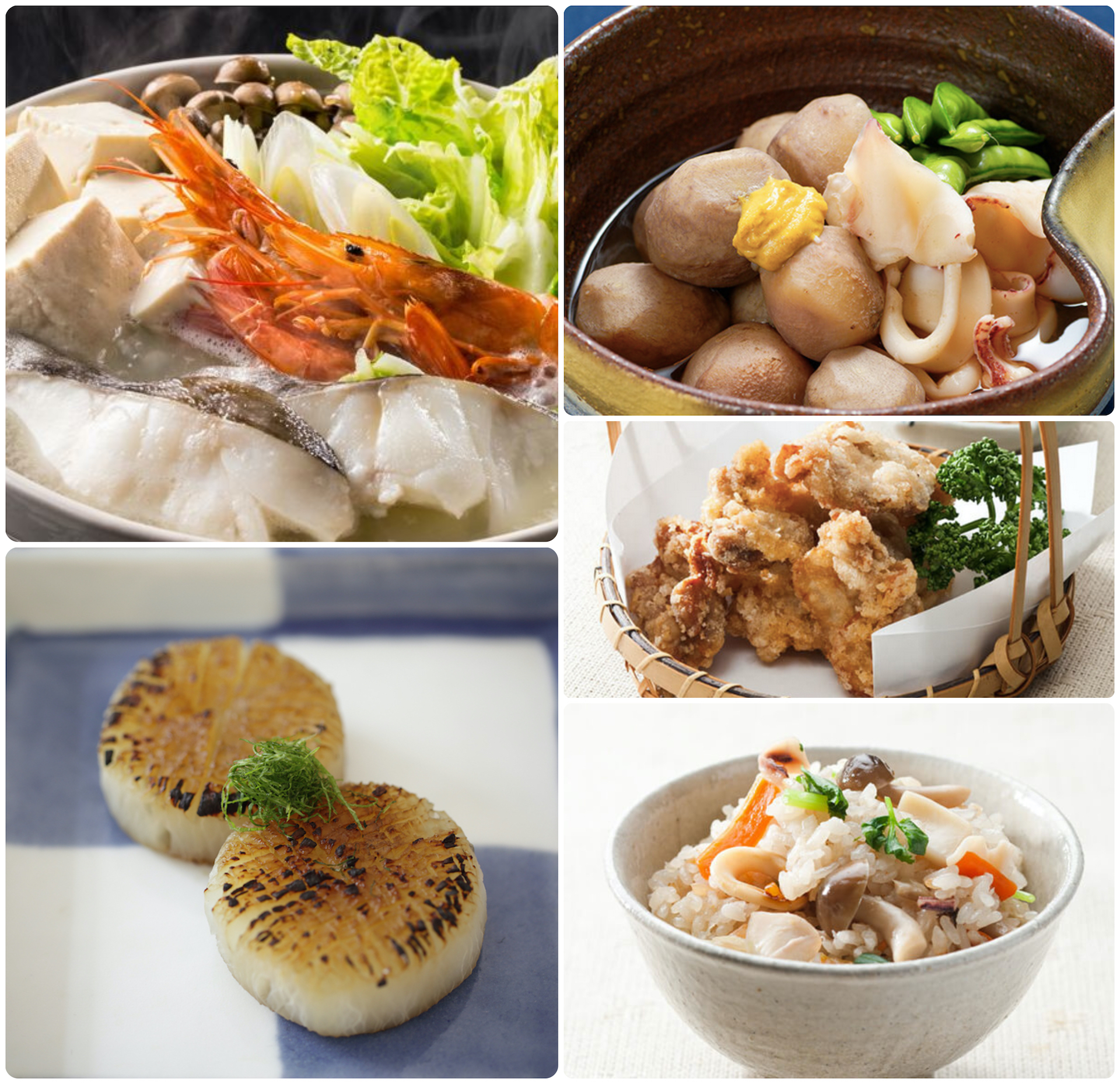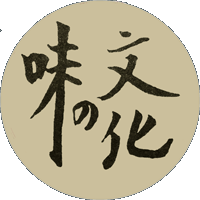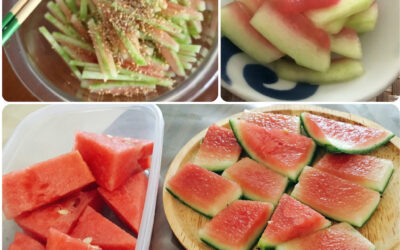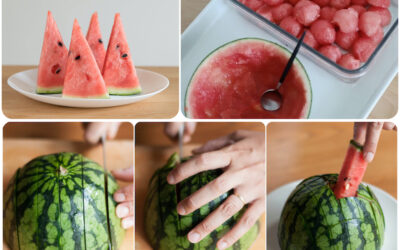
Kitchen Culture Cooking Club
EXPLORE and PRACTICE Japanese cooking in your own kitchenAbout Kitchen Culture Cooking Club
Welcome to the Kitchen Culture Cooking Club, a community space providing encouragement to those who want to EXPLORE and PRACTICE Japan’s washoku wisdom in their own kitchens.
To facilitate this, themed projects will be posted to this page periodically. Project Assignments and links to relevant reference material stored on this site will be posted to this page. Anyone, anywhere in the world, with a sincere interest in Japanese food culture is welcome to browse the contents of this page and then replicate the themed project in their own kitchen.
For those who wish to display-and-discuss their projects with like-minded people, I invite you to join the KITCHEN CULTURE Cooking Club Facebook Group (formerly the TSUDOI Project), an interactive community space.
PROJECT Cooking with Fish Sauce

Five ways to use fermented fish sauce
There are lots of ways of using fish sauce. Here are a few popular examples:
(top, left) NABÉMONO (hot pots that get assembled ahead and simmered at table) are often made with a seasoned broth. IKANAGO NABÉ seasoned with funky ikanago shoyu, is brimming with fish, seafood, tofu and vegetables.
(bottom, left) A few drops of ishiri fish sauce added to the pot as daikon simmers imbues it with deep flavor. The tender-simmered daikon is then brushed with ishiri sauce and broiled. Daikon no Ishiri Yaki, multi-textured and richly flavored.
(top, right) NIMONO (simmered or stewed dishes) are yet another way of cooking with fish sauce Here, potatoes and squid are stewed in an ishiri-laced broth; a dab of mustard adds a spicy accent.
(center, right) Here, fish sauce was used to marinate chicken before dredging it in cornstarch and deep-frying. This dish is known as Tatsuta Agé, a reference to the burnished color of autumnal maples along the Tatsuta River in Nara Prefecture.
(bottom, right) Here, fish sauce has been used to make takikomi gohan. Takikomi is a method using seasoned broth instead of water to cook rice. When squid-based ishiri fish sauce is used, the dish is called ISHIRI GOHAN (click to download).

Using this recipe for ISHIRI GOHAN as a point of departure, create your own dish using ishiri or one of the other fermented fish sauces described in the post Funky Fish Sauces.
Check out the latest post to
KITCHEN CULTURE:
Funky Fish Sauces
Check out my FEBRUARY 2024 newsletter
all about Funky Fish Sauce.
Recipes and Resources
Stock (Dashi)
Dashi stock is essential to making soups and simmered or stewed dishes. Dashi is also used when making many egg dishes and all sorts of sauces, dips and dressings. Using good dashi will make a noticeable difference in the outcome of so many dishes you prepare.
Click to download recipes for (vegan) Kelp Alone Stock or Standard Sea Stock + Smoky Sea Stock
How to Cook Rice
In Japanese, the word for cooked rice, ご飯 GOHAN, is the same as the word for a meal, ご飯 GOHAN. Indeed rice is central to the meal. Download the Rice with Mixed Grains recipe.
How to Prepare Sushi Rice
Sushi dishes are made with rice that has been seasoned (with sweetened vinegar) AFTER being cooked. Download the Classic Sushi Rice recipe.
Quick Pickles
The Japanese enjoy a wide variety of tsukémono pickles, many can be assembled quickly and are ready to eat within a short time.
Download a recipe for Quick-Fix Hakusai Cabbage.
Sudachi & Kabosu
The Japanese have consumed a variety of citrus for millennia, enjoying both the juice and peels of the fruit. Many who reside outside Japan have become familiar with yuzu, a member of the Rutaceae (citrus) family primarily prized for its aromatic yellow peel but...
PROJECT Sudachi & Kabosu
The Japanese have consumed a variety of citrus for millennia, enjoying both the juice and peels of the fruit. Many who reside outside Japan have become familiar with yuzu, a member of the Rutaceae (citrus) family primarily prized for its aromatic yellow peel but...
Watermelon
Making use of every edible part of a food -- here the rind as well as the juicy flesh of watermelon -- is part of the Japanese notion of kansha (appreciation). More than just a frugal approach to limiting food waste, kansha is a mindset that embodies respect for the...
PROJECT Watermelon
Most watermelons are quite large and (unless you are feeding a crowd) are not easily consumed in a single session. This Kitchen PROJECT is about finding ways to enjoy every bit of watermelon -- flesh and rind -- over a period of several days to several weeks. On the...



